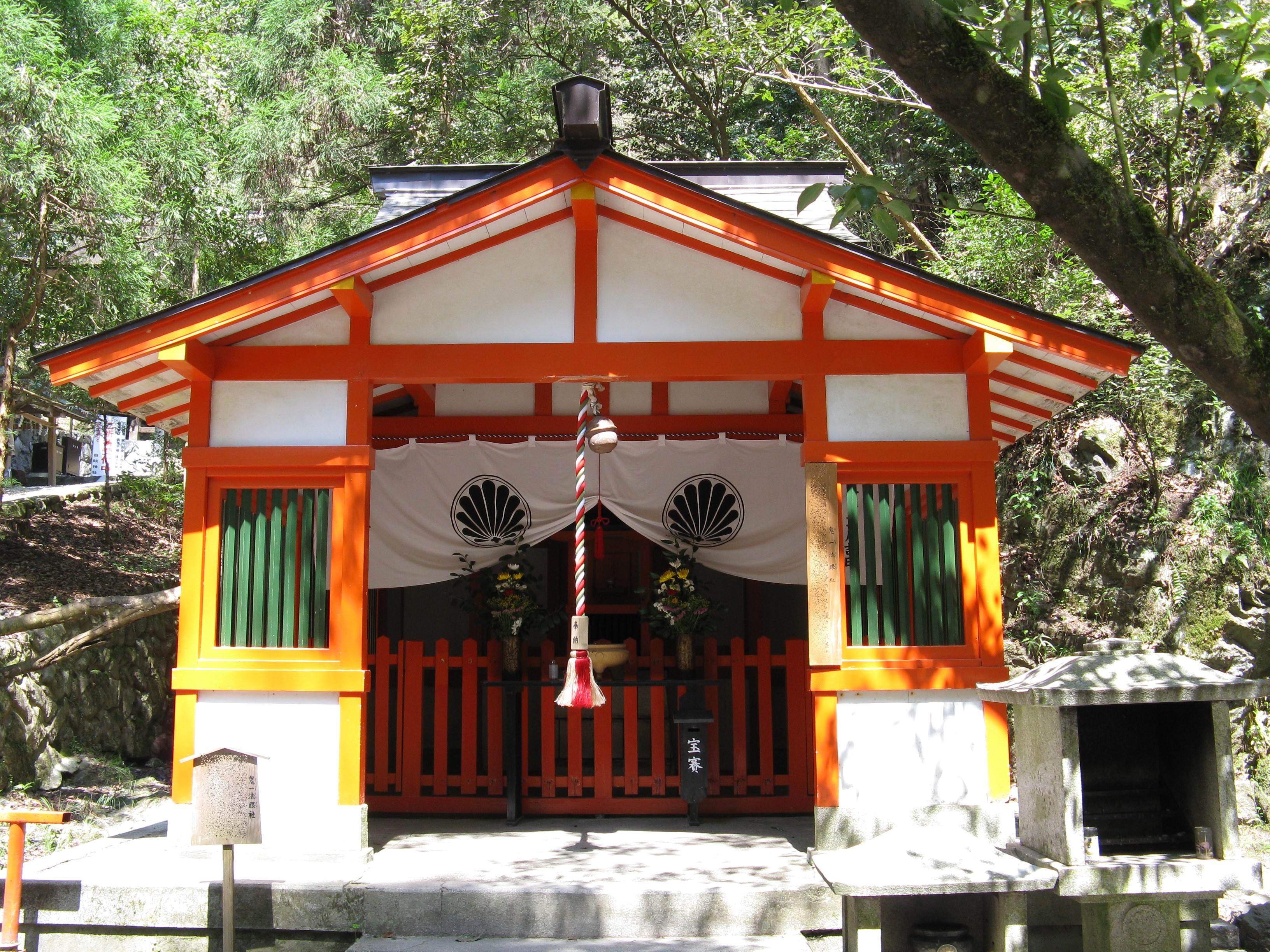Kiichi Hōgen on:
[Wikipedia]
[Google]
[Amazon]
Kiichi Hōgen and fellow poet Oumaya Kisanta
Kiichi Hōgen (jp. 鬼一法眼) is a legendary Japanese monk and warrior from the 1100s who appeared in " In
In
Gikeiki
The , "The Chronicle of Yoshitsune", is a Japanese gunki monogatari ("war-tale") that focuses on the legends of Minamoto no Yoshitsune and his followers. Thought to have been written during the Nanboku-chō period, it has provided inspiration to ...
" (a military epic about the life of Minamoto no Yoshitsune
was a military commander of the Minamoto clan of Japan in the late Heian and early Kamakura periods. During the Genpei War, he led a series of battles which toppled the Ise-Heishi branch of the Taira clan, helping his half-brother Yoritomo conso ...
) written in the early Muromachi period
The is a division of Japanese history running from approximately 1336 to 1573. The period marks the governance of the Muromachi or Ashikaga shogunate (''Muromachi bakufu'' or ''Ashikaga bakufu''), which was officially established in 1338 by t ...
. Hōgen is a honorific title for a monk, not a name, with Kiichi Hōgen literally meaning "Priest the First Demon".
He was an onmyoji who resided at Horikawa-dori in Heian-kyō (Kyoto), and was an authority on the magical art of warfare called Rikuto-heiho. It is believed that he excelled both in academics and military art. He is well-known for the legend that Yoshitsune stole his family heirloom military book '' Rikuto'' in collaboration with his daughter, Mizuru-hime. Due to his legendary status, he is sometimes identified with Kurama Tengu, also a sage (a tengu
are a type of legendary creature found in Japanese folk religion (Shinto). They are considered a type of '' yōkai'' (supernatural beings) or Shinto ''kami'' (gods). The ''Tengu'' were originally thought to take the forms of birds of prey and ...
instead of a human) of Mount Kurama
is a mountain to the north of the city of Kyoto. It is the birthplace of the Reiki practice, and is said to be the home of Sōjōbō, King of the Tengu (Goblins).
Kurama is also the location of the annual , which takes place every October.
i ...
credited in some versions with teaching young Minamoto-no-Yoshitsune swordsmanship, tactics, and magic.
He is revered as the founder of (eight styles considered the inspiration to all swordsmanship in West Japan, and the combat techniques Kiichi taught his eight best disciples, including Minamoto-no-Yoshitsune) school of swordplay and as the deity of swordplay. His teachings, often taken from Rikuto (such as the quote ''If it comes meet it, if it leaves, send it on its way, if it opposes then unify it. 5 and 5 are 10, 1 and 9 are 10, 2 and 8 are 10. The large suppresses all, the small enters the microscopic. The power of life and death'') continued to influence further martial arts, eg. with Hōgen being credited by Morihei Ueshiba
was a Japanese martial artist and founder of the martial art of aikido. He is often referred to as "the founder" or , "Great Teacher/Old Teacher (old as opposed to ''waka (young) sensei'')".
The son of a landowner from Tanabe, Ueshiba st ...
, founder of aikido
Aikido ( , , , ) is a modern Japanese martial art that is split into many different styles, including Iwama Ryu, Iwama Shin Shin Aiki Shuren Kai, Shodokan Aikido, Yoshinkan, Renshinkai, Aikikai and Ki Aikido. Aikido is now practiced in aroun ...
.
He is a main character of a jidaimono '' Kiichi Hōgen sanryaku no maki'', written in 1731 by Hasegawa Senshi(長谷川千四) and Matsuda Bunkōdō (和田文耕堂) for the Takemoto-za. The play had originally 5 acts, but only two main parts have survived: "Kikubatake" ("The Chrysanthemum Garden"), the main scene of the 3rd act, and "Ichijō Ōkura Monogatari", the core of the 4th act. The final act, "Gojō no Hashi" is rarely played on stage.
 In
In Sakyō-ku, Kyoto
is one of the eleven wards in the city of Kyoto, in Kyoto Prefecture, Japan. It is located in the northeastern part of the city.
History
The meaning of ''sakyō'' (左京) is "on the Emperor's left." When residing in the Kyoto Imperial Pa ...
, next to Kurama Elementary School in Kuramahonmachi, there is a stone monument 'Kiichi Hōgen historic site' which is said to be the site of Kiichi Hōgen's mansion and tomb. It was erected on November 10, 1918 by Kurama school staff.
In addition, there is a shrine Kiichihōgensha, in the precincts of Kurama-dera, visited often by people wishing for improvement in the martial arts.
References
See also
*Oshizamurai Kiichihōgan
also known as The Mute Samurai is a Japanese television ''jidaigeki'' or period drama, that was broadcast in 1973–1974. The lead star is Tomisaburo Wakayama, his younger brother Shintaro Katsu also appeared and directed episode 1. It is based on ...
{{DEFAULTSORT:Kiichi Hōgen
Onmyōji
Japanese swordfighters
People of Heian-period Japan
Deified Japanese people
Japanese legends